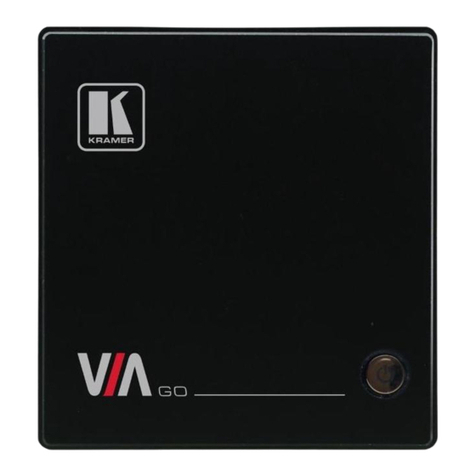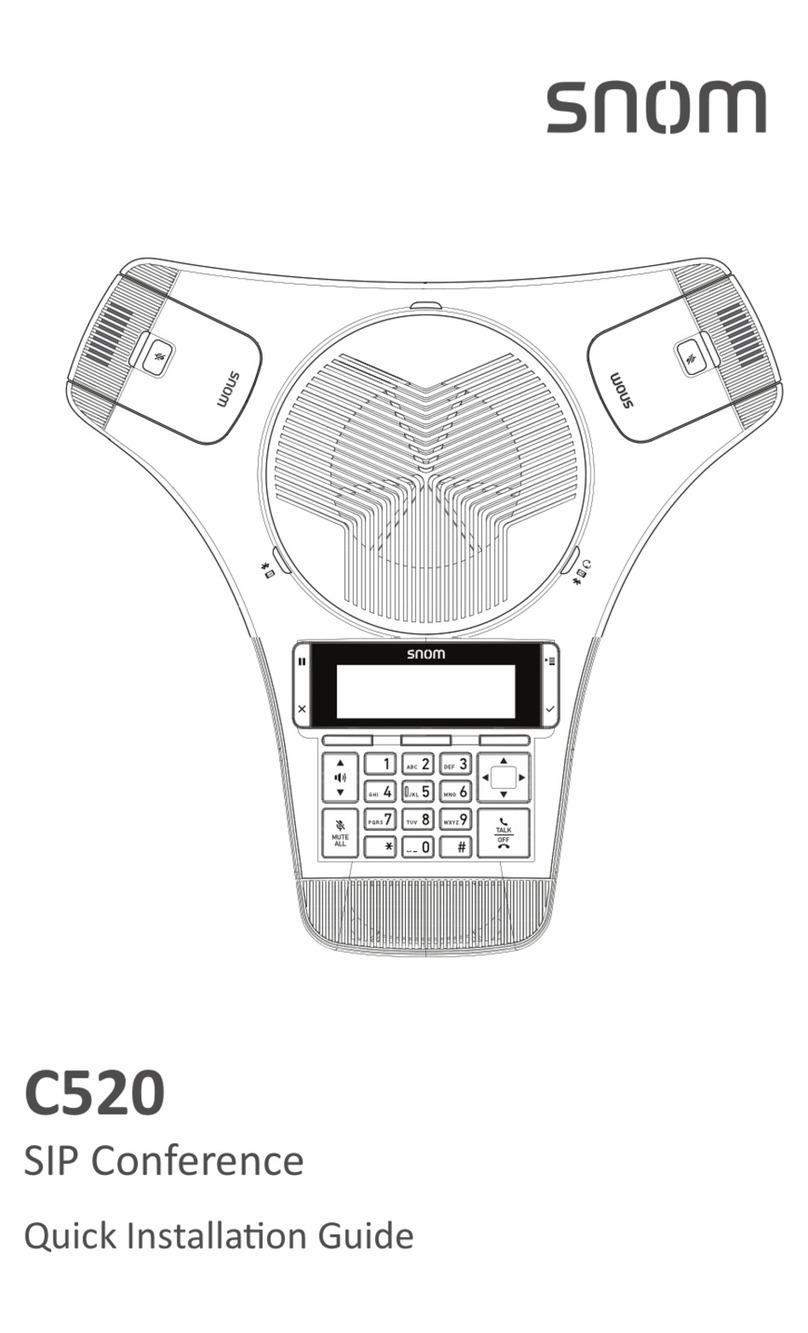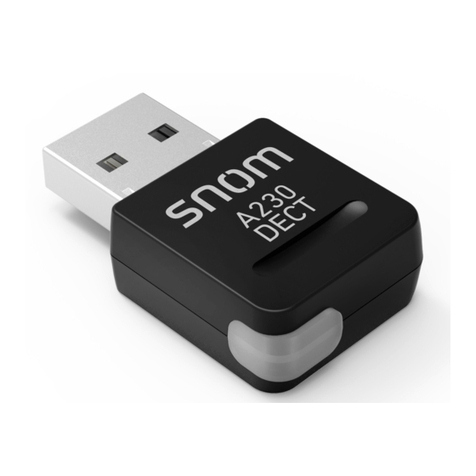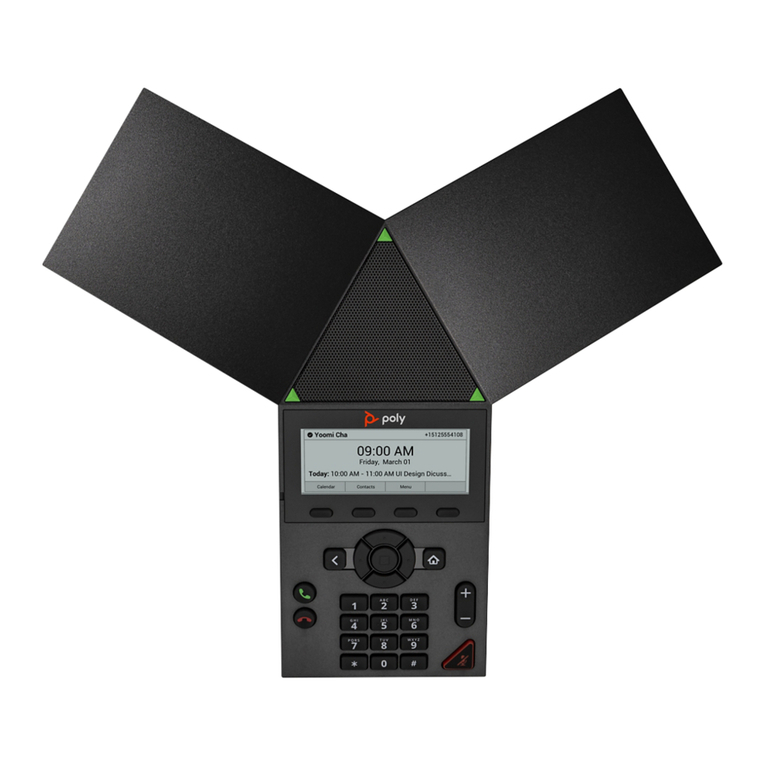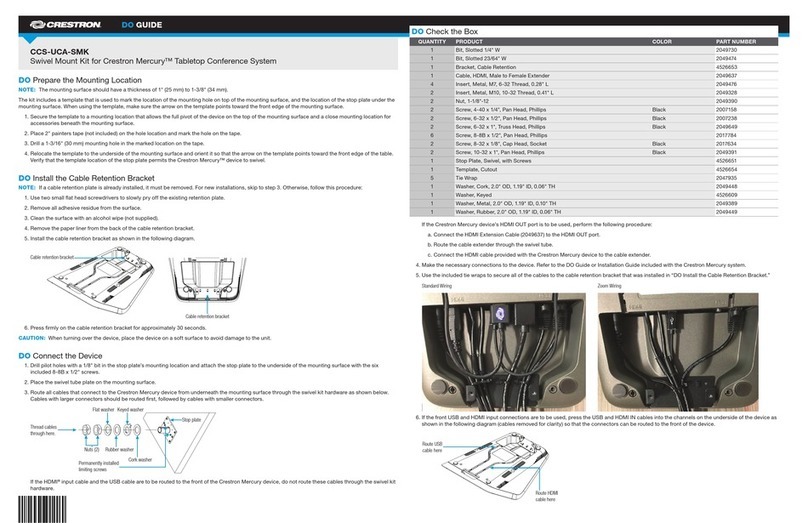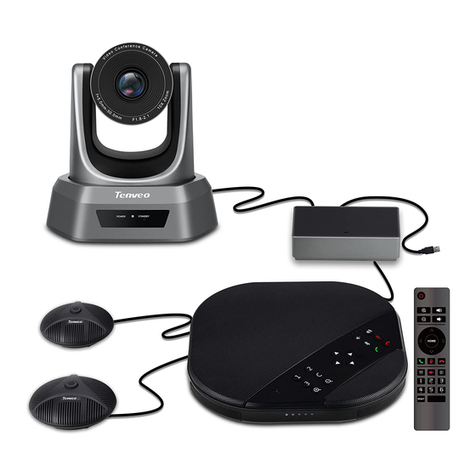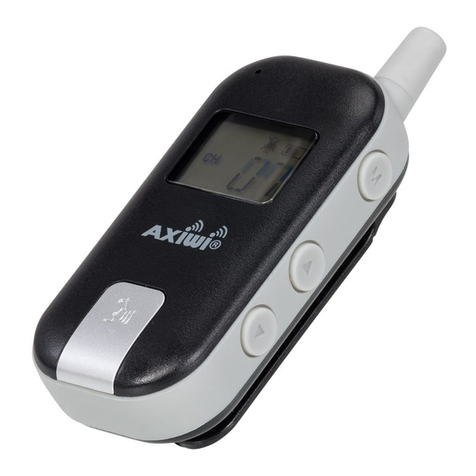
Table of contents
Introduction............................1
About the C520 Conference Phone .... 1
Introduction............................2
Parts checklist ....................................... 2
Getting Started.......................3
Connecng............................................ 3
Install the wireless mic baery ........... 4
Before use............................................. 5
Base unit overview (front).................... 6
Base unit overview (front), connued. 7
Base unit overview (front), connued. 8
Base unit overview (rear) ..................... 8
Wireless microphone overview ........... 9
Status indicators overview .................. 10
Idle screen............................................ 11
Idle mode screen icons........................ 11
Acve call screen icons........................ 12
Using the phone menu........................ 13
Main menu items ................................ 13
Conference phone operation13
Making calls ......................................... 14
Using a wireless microphone during a call
15
Ending the call ..................................... 15
Answering a call................................... 16
Missed call ........................................... 16
Pung a call on hold........................... 16
Forwarding calls................................... 17
Transferring calls.................................. 19
Making a conference call..................... 21
Creang a conference with a held call:21
Seng up a network conference........ 22
Retrieving messages............................ 22
Redialing .............................................. 23
Mung acve calls............................... 23
Temporarily silencing the ringer.......... 23
Locang wireless microphones........... 24
Making and receiving calls on cell phone
25
Transferring Bluetooth calls from the C520
to your cell phone........................... 26
Conference calls with a Bluetooth-
connected cell phone..................... 26
Playing audio with a Bluetooth-connected
call phone ....................................... 26
Using a Bluetooth headset.................. 27
Phone Features.....................28
Using the Features menu .................... 28
Using the Call menu ............................ 29
Using the Bluetooth menu.................. 33
Changing the C520 PIN........................ 35
Using the local directory...................... 36
Call history ........................................... 39
Speed Dial............................................ 41
Entering speed dial numbers .............. 41
Sending a Mulcast Page .................... 42
Conguring the Phone.........43
Conguring the phone ........................ 43
Using the User sengs menu............. 43
Preferences.......................................... 44
Seng the language............................ 44
Seng date and me preferences ..... 44
Restarng the phone........................... 46
Display.................................................. 46
Audio.................................................... 47
Registering wireless microphones ...... 48
Deregistering wireless microphones... 49
Registering an oponal cordless headset
49
Deregistering a cordless headset........ 50
